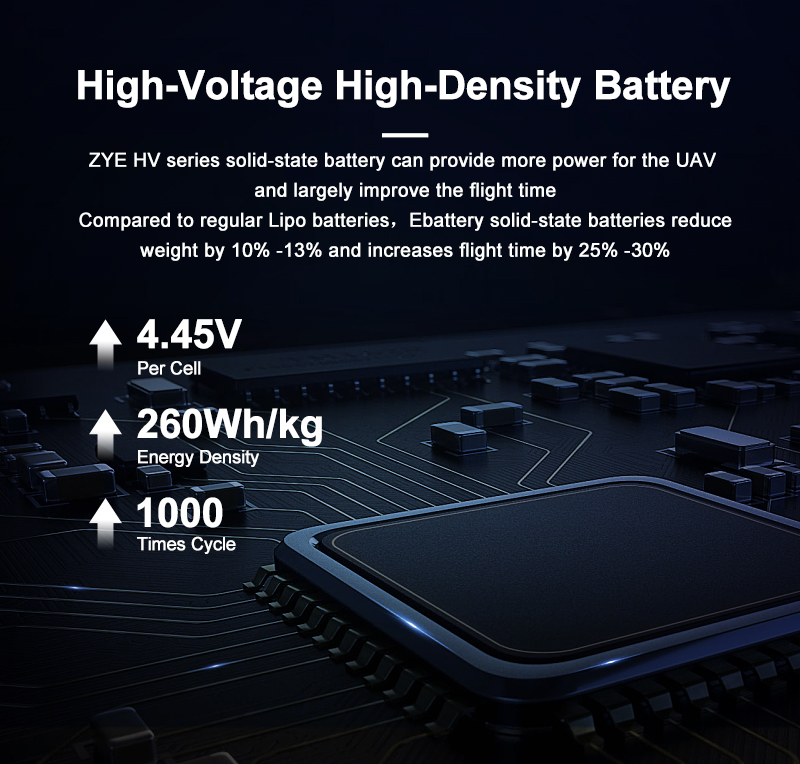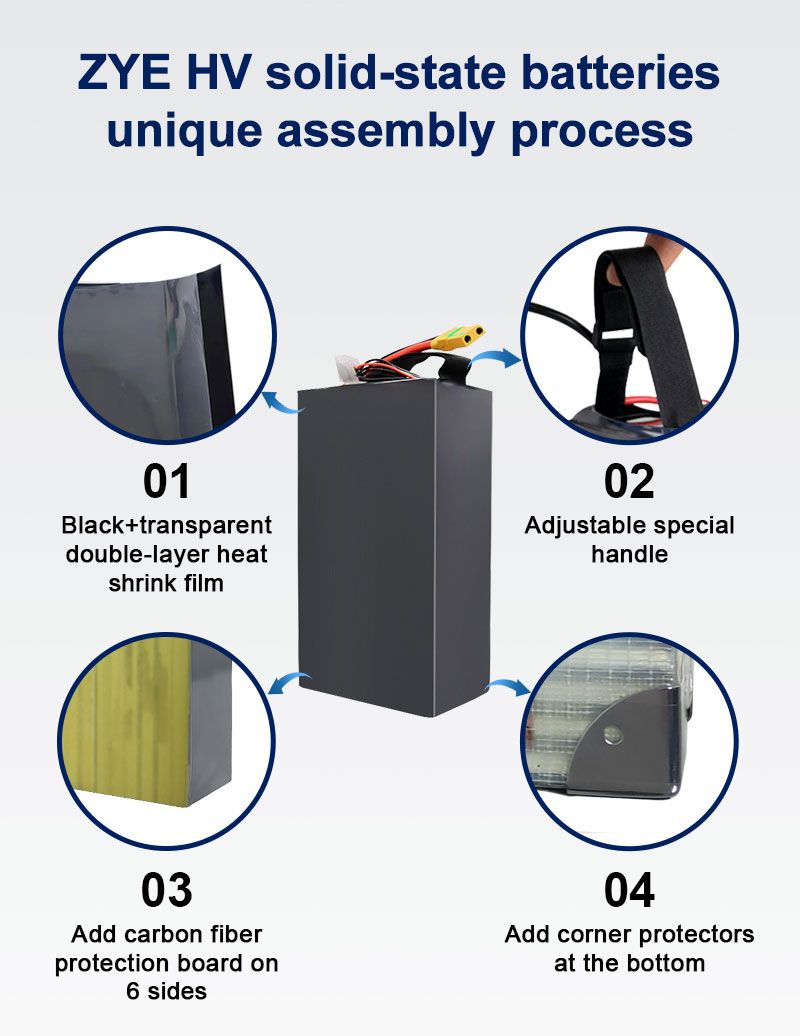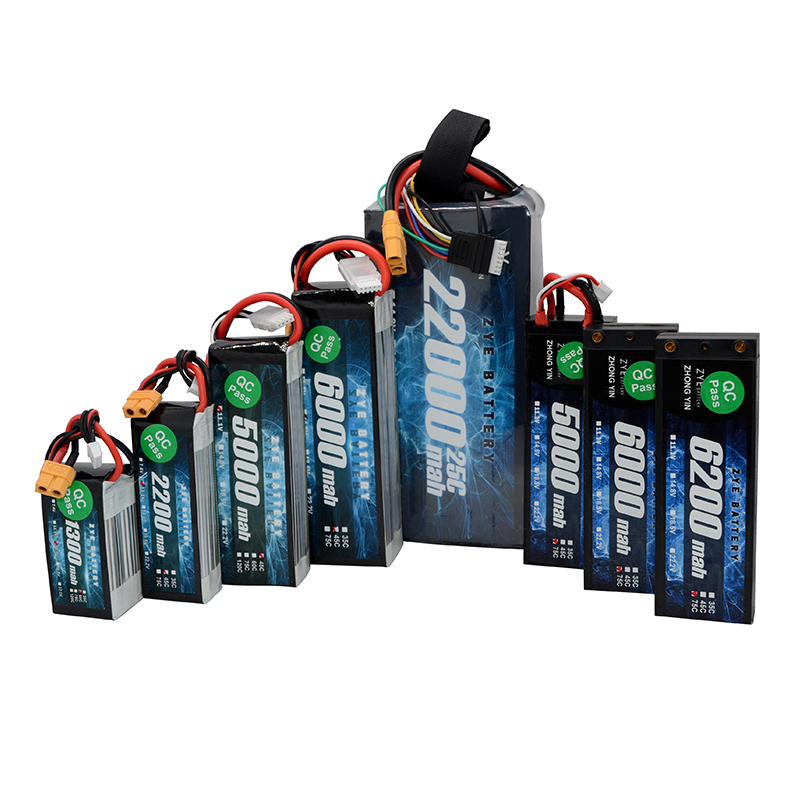What is the optimal discharge level for LiPo battery?
2025-08-18
When it comes to high-capacity lipo-battery, understanding optimal discharge levels is paramount. These powerful batteries are often used in demanding applications such as drones, electric vehicles, and portable power stations. To maintain their performance and longevity, it's essential to adhere to recommended discharge levels.
When a lipo-battery-pack is discharged too deeply, the battery cells can be damaged. Each cell in a LiPo battery has a minimum voltage limit, usually around 3.0V per cell. Going below this voltage can lead to irreversible chemical changes within the battery.
These changes may cause the battery to swell, reduce its overall capacity, and in severe cases, make the battery unsafe to use, with an increased risk of fire or explosion.

Running a LiPo battery below 20% of its capacity can have significant implications for its overall health and performance. While it may be tempting to squeeze every last bit of power from your battery, doing so regularly can lead to reduced capacity, decreased performance, and a shorter lifespan.
When a LiPo battery is discharged below 20%, several chemical and physical changes occur within the cells:
1. Increased internal resistance: As the battery discharges, its internal resistance increases. This leads to reduced efficiency and more heat generation during use.
2. Voltage sag: The battery's voltage drops more rapidly under load, which can lead to sudden power loss in your device.
3. Cell imbalance: Deep discharges can cause individual cells within a multi-cell pack to become imbalanced, potentially leading to overheating or failure.
4. Reduced cycle life: Each deep discharge accelerates the aging process of the battery, reducing the number of charge cycles it can undergo before needing replacement.
To maintain optimal battery health, it's recommended to recharge your LiPo battery when it reaches about 30-40% of its capacity. This practice not only extends the battery's lifespan but also ensures consistent performance throughout its use.

Best Practices for Extending the Life of Your Lipo Battery
1. Proper storage: When not in use, store your LiPo batteries at room temperature (around 20°C or 68°F) and at a storage voltage of 3.8V per cell. Many modern chargers have a storage mode that can automatically bring your battery to this voltage.
2. Balanced charging: Always use a balanced charger designed for LiPo batteries. This ensures that each cell in your battery pack is charged evenly, preventing cell imbalance and potential safety issues.
3. Avoid overcharging: Never leave your LiPo battery charging unattended, and disconnect it once it's fully charged. Overcharging can lead to swelling, reduced capacity, and even fire hazards.
4. Cool-down period: After use, allow your battery to cool down to room temperature before recharging. This helps prevent internal damage and extends the battery's lifespan.
5. Regular maintenance: Periodically inspect your batteries for signs of damage, such as swelling or physical deformation. If any issues are detected, discontinue use and dispose of the battery safely.
6. Proper discharge rates: Adhere to the recommended discharge rates for your battery. For most LiPo batteries, including high-capacity ones, a discharge rate of 1C to 2C is considered safe for regular use.
7. Use a low-voltage cutoff: Many electronic speed controllers (ESCs) and battery management systems (BMS) have built-in low-voltage cutoffs. Ensure these are set correctly to prevent over-discharging your battery.

By keeping the discharge level within the 20% - 30% range, users can get the most out of their LiPo batteries in terms of both performance and longevity.
For more information or to discuss your specific battery needs, please don't hesitate to contact us at coco@zyepower.com. Our team of experts is ready to help you find the perfect battery solution for your requirements.
























































